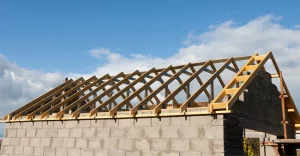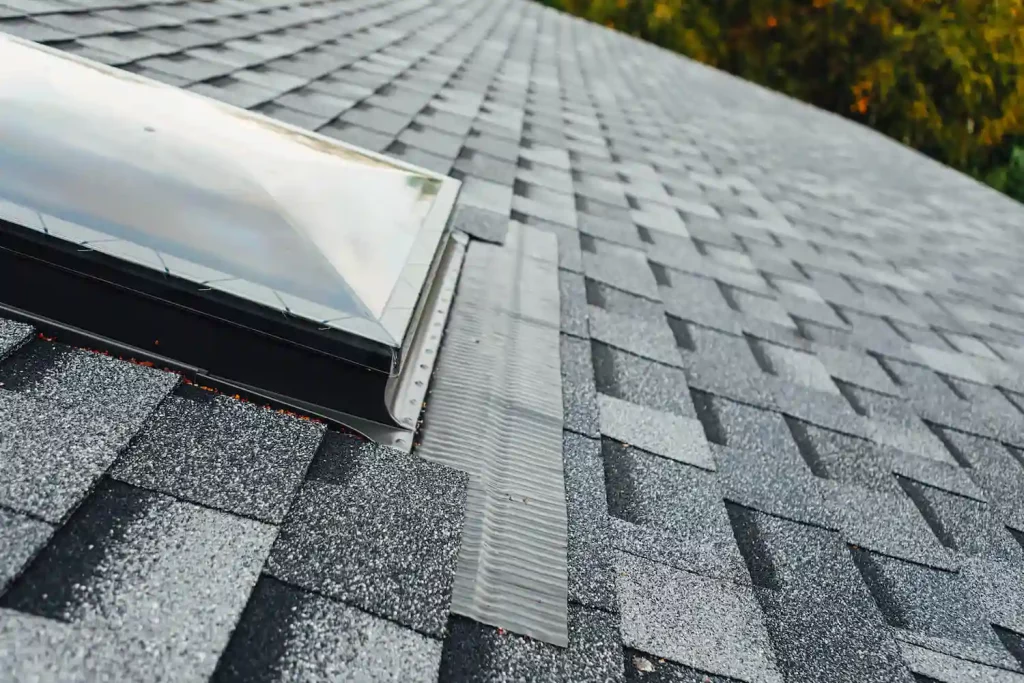For any business owner, knowing how to inspect a roof is essential for ensuring the long-term health of their commercial property. Regular roof inspections are vital, yet many owners may be unsure about what to check or how to conduct an inspection properly. Identifying early signs of damage, such as leaks, missing shingles, or sagging areas, is critical, as these issues can lead to more significant problems if left unaddressed. By understanding what to look for, owners can take proactive measures to prevent costly repairs down the line. Next, we will delve into the best practices for conducting roof inspections safely and effectively.
Key Takeaways
- Conduct bi-annual roof inspections to identify and address issues early.
- Use a ladder and safety gear to safely access and assess the roof.
- Check for missing shingles, cracked flashing, and signs of water damage.
- Examine internal structures for water stains, mold, and structural integrity.
- Document all findings and repair needs to maintain roof stability over time.
Recognizing Common Roof Issues
Recognizing common roof issues is essential for maintaining the structural integrity and longevity of a business facility. Key indicators include missing shingles, cracked flashing, or pooling water. Also, look for signs of wear around roof fixtures and drainage systems. Addressing these concerns promptly can prevent costly repairs and guarantee your establishment remains a safe, welcoming place for both employees and customers.

Tools Needed for Roof Inspection
To conduct a thorough roof inspection, business owners must equip themselves with specific tools that enable accurate assessment and guarantee personal safety. Essential tools include:
- Ladder: For safe access to the roof.
- Tape Measure: To determine dimensions and identify potential issues accurately.
- Flashlight: Essential for inspecting dark areas and underlayment, ensuring no spot is overlooked.
Equip wisely to maintain your business’s stronghold.
Performing a Visual Inspection
Equipped with the necessary tools, business owners are now prepared to commence a thorough visual inspection of their roof. Start by examining the surface for any signs of cracking, blistering, or loose material. Pay special attention to seams and junctions, areas prone to leakage. Ascertain proper maintenance by identifying potential issues early, fostering a sense of community among fellow proprietors committed to preserving their investments.
Assessing Internal Roof Damage
After completing the external inspection, business owners should next focus on evaluating internal roof damage, a critical step in guaranteeing the longevity and safety of the structure.
- Check for Water Stains: Look for discoloration on ceilings and walls which indicates past or ongoing leaks.
- Inspect Support Structures: Examine beams and trusses for any signs of rot or insect damage.
- Observe Insulation Condition: Verify insulation is dry and intact, as dampness can compromise its effectiveness.
Planning Regular Maintenance Checks
Establishing a schedule for regular maintenance checks is essential for the ongoing health of your business’s roof. By proactively planning these assessments, you align with a community of prudent business owners dedicated to asset longevity. Engage qualified professionals bi-annually to evaluate roofing materials and structures, ensuring early detection of potential issues. This strategy not only preserves your investment but also fosters a safer working environment.
Frequently Asked Questions
What Are the Legal Requirements for Roof Inspections in My Area?
Legal requirements for roof inspections vary by location. It’s crucial to consult local building codes and regulations to guarantee compliance. Engaging a licensed professional for inspection can also provide legal and technical guidance.
How Does Weather Impact Roof Inspection Frequency?
Weather substantially influences roof inspection frequency; harsh conditions like heavy rain, snow, and extreme temperatures necessitate more frequent checks to guarantee structural integrity and prevent potential damage from escalating.
Can Roof Warranties Be Voided by Improper Inspections?
Yes, roof warranties can be voided by improper inspections. Business owners should guarantee that qualified professionals conduct inspections to adhere to warranty terms and maintain roof integrity for safety and compliance purposes.
What Are the Risks of Inspecting a Roof Without Professional Help?
Inspecting a roof without professional assistance poses risks such as personal injury, overlooking structural damage, and potentially voiding roof warranties due to unrecognized or improper handling of roofing materials during the assessment process.
How Do I Document Roof Inspections for Insurance Purposes?
To document roof inspections for insurance, maintain a detailed log with dates, findings, and photographs. Include inspector credentials and repair documentation. Submit these records promptly to guarantee compliance and facilitate claims processing.
Conclusion
In summary, regular roof inspections are essential for ensuring the long-term stability of commercial properties. Recognizing common issues such as missing shingles and cracked flashing, coupled with the use of appropriate tools, enables effective assessment of both external and internal roof conditions. Documenting these inspections and scheduling professional assessments as needed can prevent extensive damage and financial loss, thereby maintaining the structural integrity of business facilities and protecting valuable assets within.
Also Read: Inventory for Home Accessibility Suppliers

